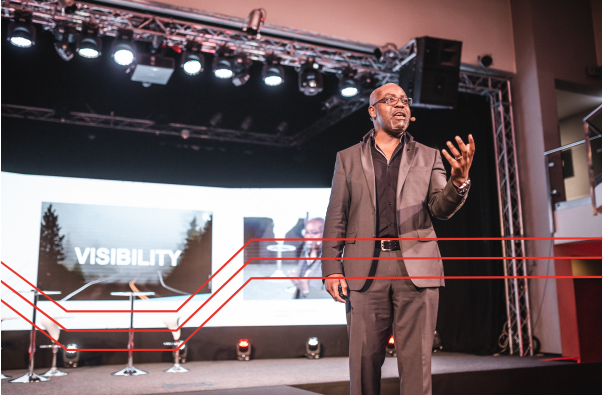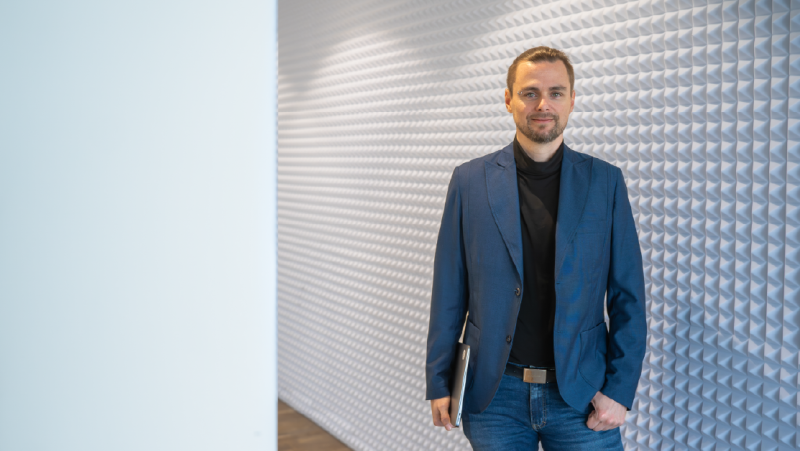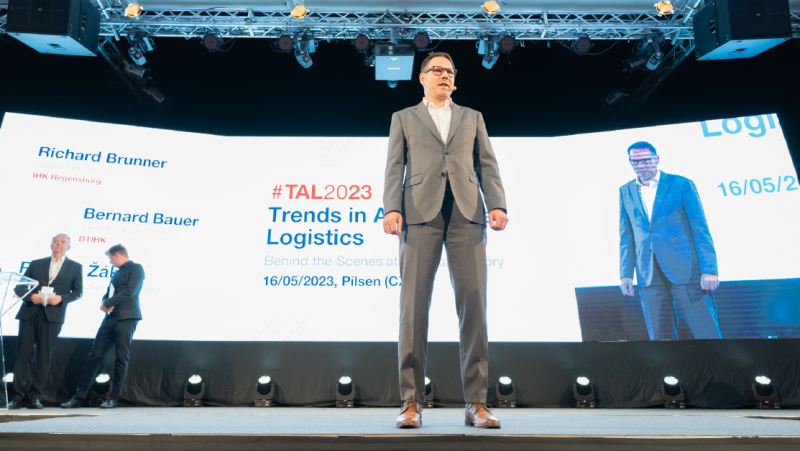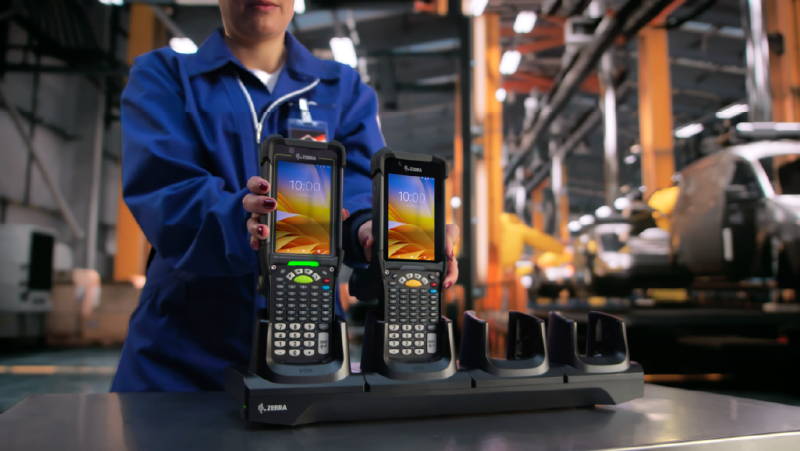How Do We Create Intelligent Automation?
- Trends
- Article
That’s the question Paul Norford from Zebra Technologies tried to answer at TAL 2020. Yet his speech at this conference definitely was not about technologies and different products and features. Anyone who’s had the good fortune to meet this enthusiast already knows what element Paul considers the most important in automation; for the rest of you, we have a short summary of his presentation. Have any guesses yet on what this holy grail might be?
To most of us, automation probably means technology. But it’s not really about technology – it’s about how to use it and how technologies work with us humans. For automation to continue as we transition to the world of Industry 4.0, we need other components too. In Norford’s eyes, the key one is intelligence.
How do we infuse automation with intelligence?
The Cambridge dictionary tells us that intelligence is “the ability to acquire and apply knowledge and skills.” So how do we bind automation to intelligence to create intelligent automation? What are some of the elements we need for intelligence and for automation to work? The answer to these questions is collaboration.
“For innovation to work, we have to share information, we need collaboration. We also have to be outward-looking. We’ve got to be able to see where we are going, but we can’t see things by working alone, by working in silence,” says Norford. So we collaborate, we’re abandoning a paper-based environment, and we’ve now created a different future. That different future is what will propel us forward to ensure we establish Industry 4.0, and it only comes from teamwork. Thinking of internal and external collaboration then brings us on to the concept of visibility. “Visibility is probably THE word of intelligent automation,” says Norford.
We need to realize one thing: robots are not here to replace us; they’re here to help us be a lot more productive and a lot more efficient.
Paul Norford, Zebra Technologies
We need to think in future definitions
Visibility is understanding where your assets are throughout your supply chain or your facility. If you know where your assets are, you can position them correctly. If you don’t know where they are, then you have a lack of visibility, and that creates a problem. What we need is a reality-based system where everything is updated. Not every second, not every millisecond, but as a stream of data – and we have to learn to analyse this data to predict what will happen in our supply chain.
"We should also change how we think about workers. To some people, a worker could be human, but a worker could be a robot, and we need to realize one thing: robots are not here to replace us; they’re here to help us be a lot more productive and a lot more efficient," says Norford.
To shape our own future and successfully transition from Industry 3.0 to Industry 4.0, we still have to work on technologies. These can include things like wearables and other devices that will create an augmented worker, or teaching computers how to see. And we also have to teach robots to see, think and react. But the exciting era when we can create the future is now.
Watch the full presentation from the conference here.
Do you agree with Paul Norford’s vision? Let us know on social media.
Paul Norford enriches Zebra Technologies within his roles of Evangelist and Sales Enablement Trainer, and he’s super-passionate on helping customers and partners change how they do business. Paul is a broadcaster and engineer by trade, combining his skills with the rare ability to understand technology, clearly articulate its value and thereby inspire others. His Twitter account tells us he is also a tech evangelist & collaborator, music junkie, drummer, motorbike rider and voiceover artist (in the making!).
Share article
Top stories from logistics, production and IT.
Subscribe to Aimtec Insights
By registering, you agree to the processing of your personal data by Aimtec as described in the Privacy policy.
Get top stories and articles
from Logistics, Production and IT.
Subscribe to Aimtec Insights
By registering, you agree to the processing of your personal data by Aimtec as described in the Privacy policy.







